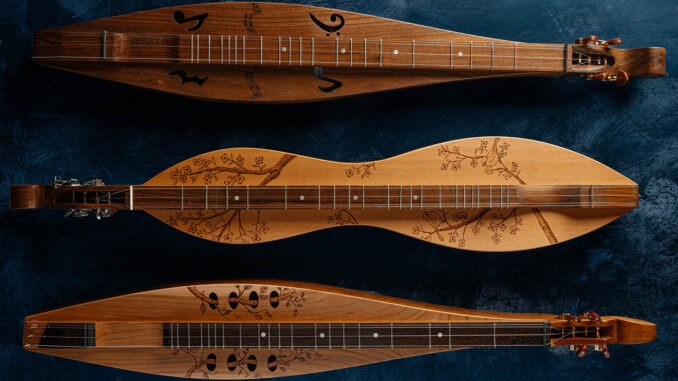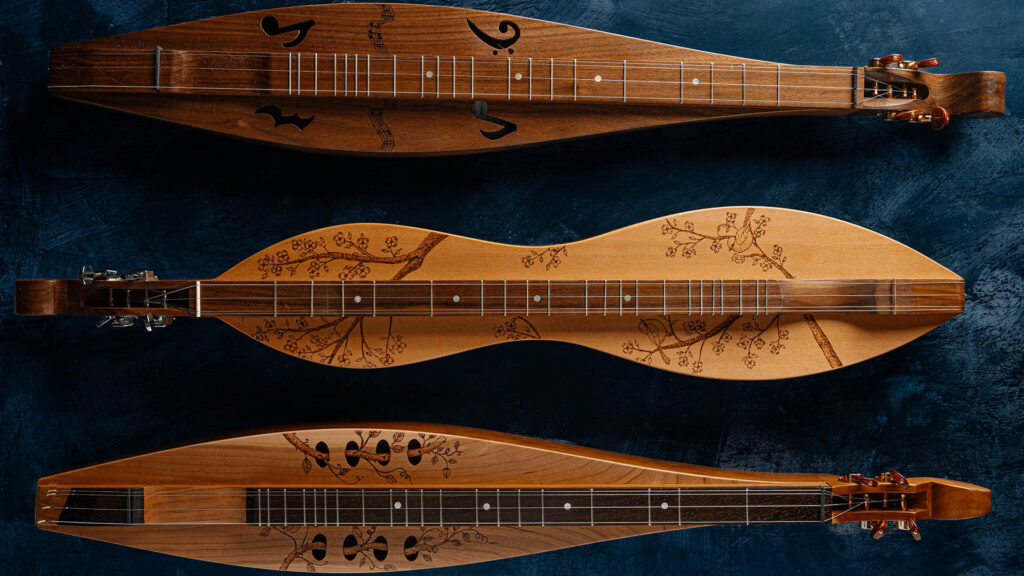
The dulcimer, with its haunting melodies and percussive tones, has captivated musicians for centuries. Yet, the origin of its name remains shrouded in mystery.

Why is it called a Dulcimer?
The word “dulcimer” is believed to have its roots in the medieval Latin term “dulcimerium,” which, in turn, is thought to derive from the Persian word “santur.” The santur is a trapezoidal zither with numerous strings, a distant relative of the dulcimer.
However, the exact etymology of the word is still debated among scholars. Some theories suggest that the name might have been influenced by the instrument’s sweet, melodious sound, with “dulcis” being the Latin word for “sweet.” Another possibility is that the name was coined to distinguish it from other stringed instruments of the time.
The dulcimer’s journey through history has seen it evolve and adapt to different cultures. It has been incorporated into various musical traditions, from the Appalachian folk music of America to the classical music of Europe. As the instrument’s popularity spread, so too did the variations in its name. In some regions, it was referred to as a “hammered dulcimer” to distinguish it from other plucked string instruments.
Despite the uncertainties surrounding its etymology, the dulcimer’s captivating sound and rich history continue to fascinate musicians and listeners alike. Its enduring appeal lies in its ability to evoke a sense of nostalgia and wonder, transporting listeners to a simpler time.
Whether the name originated from its sweet sound, its Persian ancestry, or a combination of factors, the dulcimer remains a unique and enchanting instrument with a rich cultural heritage.
Dulcimer Tabs
Finger Positions on Mountain Dulcimer
Dulcimer Clubs and Groups USA
What is a Duclimer?
What is a Dulcimer Made From?
Contemporary Dulcimer Makers
